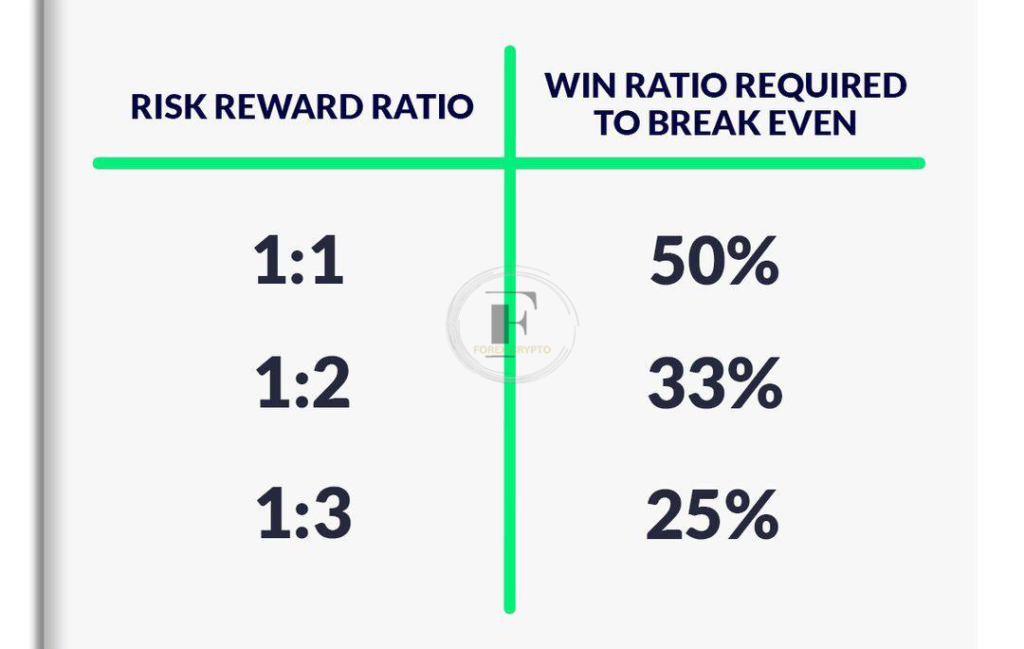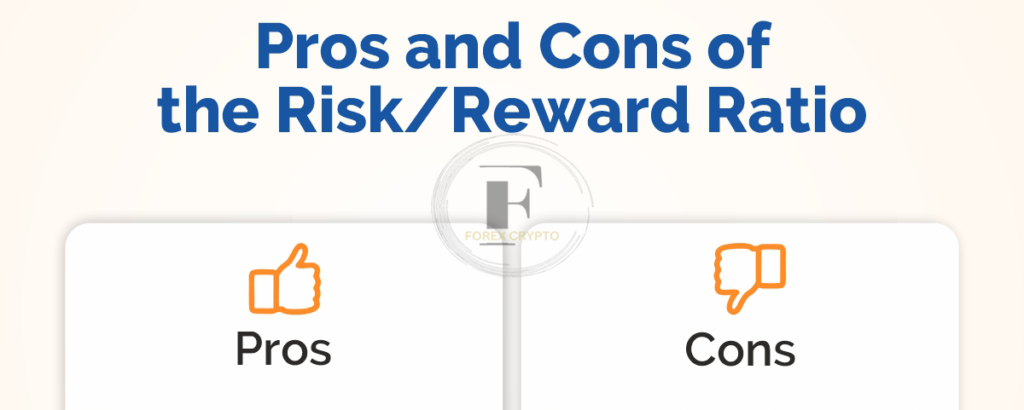DEFINITION
The risk/reward ratio calculates how much money an investment could make for every dollar it could cost the investor.
Main Points
The risk/reward ratio compares a trade’s potential for profit and loss.
Because it disregards the likelihood of either event, the risk/reward ratio has some limitations.
The risk/reward ratio is used mainly by active traders who want to reduce their risks.
To assist in making investment decisions, you can utilize this ratio in conjunction with others, such as the win/loss ratio.
How Does the Risk/Reward Ratio Work?
- Investing is risky by nature. While most investors aim to make money off of their investments, there is also a chance of losing some or all of their money. Investors can analyze an investment’s prospective gains and losses using the risk/reward ratio.
- The risk/reward ratio evaluates an investment’s chance of profit and loss. Divide the risk by the profit to obtain the ratio. If you can determine a deal’s potential risk and reward, divide the risk by the profit to obtain the ratio. Consider it this way: It’s the profit you can anticipate on investment for every dollar of trade-related risk.
- As a result, the risk/reward ratio can quickly reveal if an investment is worthwhile. Day traders who want to enter and exit the market rapidly like this since it allows them to choose how much risk to take to benefit potentially.
How To Calculate Risk/Reward Ratio
Use the following formula to determine the risk/reward ratio:
Risk/reward ratio = Potential Loss / Potential Gain.
Note
Some investors utilize the reward-to-risk ratio, which turns the calculation above on its head. Higher ratios of reward to risk, however, are preferable for investors.
Investors can estimate an investment’s prospective risk and reward by establishing profit objectives and stop-loss orders. For example, if the price of a security drops to a specified level, a stop-loss automatically enables you to sell it.

Example of Risk/Reward Ratio
Imagine that the share price of XYZ is $50 at the moment. You predict a $60 increase. You place a stop-loss order at $45 and purchase 100 shares at $50. In this case, your potential reward (profit) is $1,000 ($10 per share times 100 shares). $5 divided by 100 shares equals $500 in potential losses for you.
This investment would result in a risk-reward ratio of $500/$1,000 = 0.50.
Note
If the risk-to-reward ratio is less than 1, the investment has a higher potential return than the risk. Ratios higher than 1 signify investments with higher potential risk than benefit. Equal risk and return are indicated by a ratio of 1.
Low-risk/high-reward ratio deals are generally preferable because they are more likely to result in gains than losses.
However, the risk/reward of a trade merely displays the potential for gains or losses. It says nothing about the likelihood of either outcome happening.
Note
For instance, the risk/reward ratio of a $1 lottery ticket with a $1 million payoff is 0.000001. Even though there is very little chance of winning the jackpot, this is the case.
Many investors employ different techniques to account for factors like the possibility of making a specific gain or suffering a given loss.
Alternatives to the Risk/Reward Ratio
- One technique traders can use to evaluate investment opportunities is the risk/reward ratio. Another ratio that day traders frequently consider when analyzing their investments is the win-loss ratio. This ratio calculates the proportion of an investor’s trades that result in profits instead of losses.
- A trader who executes ten trades, of which five result in a profit and five in a loss, will have a win-loss ratio of 50%.
- If an investor puts in the same level of care and investigation when making investment selections, the higher their win/loss ratio, the more risk they can tolerate on certain transactions because such bets are more likely to succeed.
- Investors with low win/loss ratios should concentrate on assets with lower risk/reward ratios to ensure that their gains from winning trades outweigh their losses from their more frequent losing transactions.

Pros and Cons of the Risk/Reward Ratio
- Pros calculation is simple.
- facilitates risk management
- Cons
- Possibly not entirely accurate
- does not take losses or gains into consideration
- examines binary outcomes without taking stable pricing into account
Pros Explained
- Simple to calculate Investors can readily utilize the risk/reward ratio to make judgments on the spot because it has a very straightforward calculation.
- Assists with risk management. An investor has more information to decide whether to make a deal once the ratio reveals the risk of an investment.
Cons Explained
- Possibly not totally accurate The investor’s stop-losses and prospective gains are utilized to construct risk/reward ratios. A security’s price may increase or decrease too quickly for an investor to sell it at the intended price. Therefore, the actual gain or loss may be greater than the potential gain or loss.
- Ignores the likelihood of gains or losses: The risk/reward ratio solely considers the potential gains and losses an investment could incur. The formula does not allow for the chance of either event to be taken into account.
- The ratio overlooks steady pricing in favor of dichotomous outcomes: Prices for securities could move up or down, but they can also stay steady. Risk/reward ratios need to incorporate this potential, which is a disadvantage for day traders who desire to conduct multiple transactions.
What It Means for Individual Investors
- Individual investors can use the risk/reward ratio to decide whether to make a trade. For example, to develop trades with the desired risk/reward potential, you can use the ratio to decide where to set your price goals or stop-loss orders.
- The risk/reward ratio is less important for long-term investors because you are more likely to hold shares through several price changes.
Frequently Asked Questions (FAQs)
What is a good risk/reward ratio?
If the risk-to-reward ratio is less than 1, the investment has a higher potential return than the risk. In contrast, ratios more significant than 1 suggest investments with higher potential risk than benefit.
How do you figure out a risk/reward ratio?
Calculating the trade-off between risk and return is simple. First, divide the cost of your possible profit by the potential loss (risk) and reward.
How can the risk/reward ratio be used in investing?
These ratios are typically applied to help traders quickly decide whether to purchase or sell. Any risk/reward decision is based on how well the investor has done their research. It should establish the appropriate boundaries for the risk (i.e., the maximum amount of money the investor could lose) and the reward (the expected portfolio gain the investment can make).




Comments (No)